1. Ronald McDonald
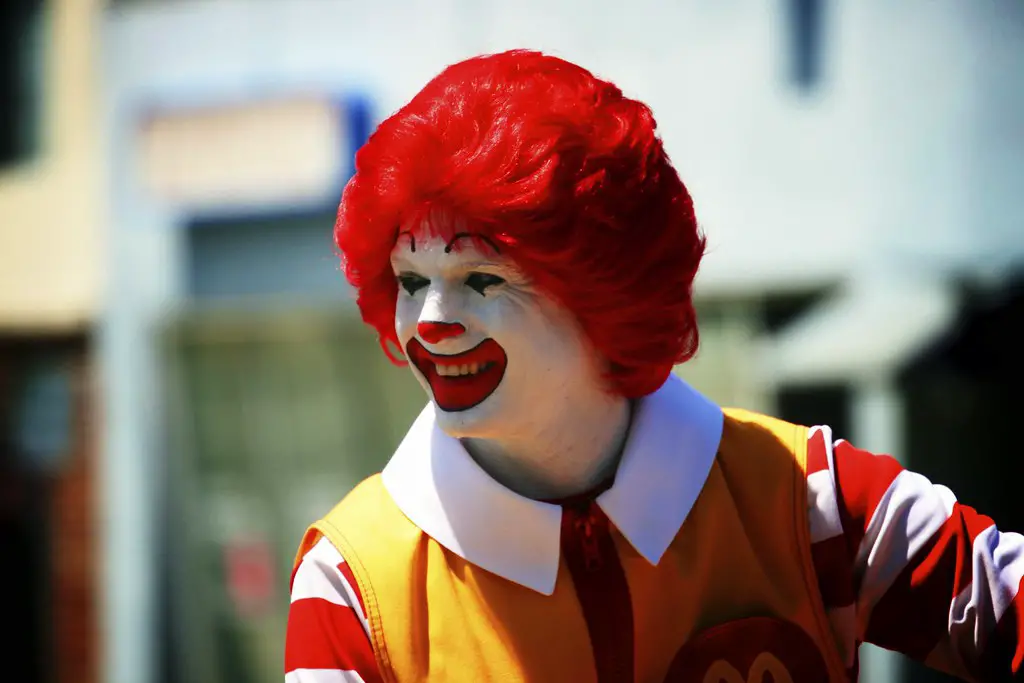
Ronald McDonald has been a household figure for decades, meant to bring joy and whimsy to fast food. But over time, critics started to argue that the clown was more about luring kids into unhealthy eating habits than about fun. With growing concerns over childhood obesity, many parents began to see Ronald not as a friend, but as a marketing tactic aimed at their children. By the 2010s, McDonald’s quietly reduced his appearances in advertising.
Things only got stranger in 2016, when real-life clown sightings across the U.S. caused a wave of panic. Suddenly, Ronald’s playful image became a little unsettling, and McDonald’s pulled him back even further from the spotlight. The timing couldn’t have been worse for the brand, which was already trying to reframe itself as healthier. To this day, Ronald is remembered with a mix of nostalgia and controversy.
2. Joe Camel

When R.J. Reynolds introduced Joe Camel, the smooth cartoon mascot for Camel cigarettes, the character instantly became recognizable. The problem? He was just a little too appealing to children, with his cool shades and cartoonish grin. Studies showed kids were more likely to recognize Joe Camel than Mickey Mouse, sparking outrage.
Anti-smoking advocates accused the company of deliberately targeting young audiences. By the mid-1990s, lawsuits and public pressure pushed the character into retirement. What started as a slick mascot ended in a firestorm of accusations and regulatory battles. Today, Joe Camel is often used as the prime example of advertising gone too far.
3. The Burger King King

The “King” made his comeback in the 2000s with a deliberately weird, plastic-faced design. Some found him funny, others thought he was downright creepy. He starred in ads where he would suddenly appear in people’s beds or outside their windows, a move that unsettled more than a few viewers.
While the ads brought attention, they also drew complaints from parents who thought the King was frightening children. Eventually, Burger King retired him, only to bring him back again in smaller doses when nostalgia kicked in. The debate over whether he’s clever or creepy continues. Few mascots divide people quite like the King.
4. Chester Cheetah

Chester Cheetah, with his sunglasses and “too cool” attitude, became the face of Cheetos in the late ‘80s. But his edgy persona caused some problems. At one point, advocacy groups criticized his ads for promoting junk food to kids in a way that felt too rebellious and sneaky.
Later, Chester got tied up in lawsuits when snack fans launched “Cheetos dust” pranks, inspired by commercials showing Chester in mischievous scenarios. Parents complained the mascot encouraged bad behavior. While Chester remains popular, he’s been accused of being more of a troublemaker than a harmless cartoon.
5. The Kool-Aid Man

“Oh yeah!” The Kool-Aid Man crashing through walls became a staple of TV advertising. But behind the fun catchphrase, critics raised concerns that the commercials promoted sugary drinks to kids without any balance. His endless enthusiasm for sugar water didn’t exactly sit well with health advocates.
There was also the running joke about property damage, with kids asking who paid for all those walls he busted through. The mascot was rebranded several times to seem less destructive and more “family-friendly.” Still, the Kool-Aid Man’s chaotic energy remains both beloved and controversial.
6. Aunt Jemima
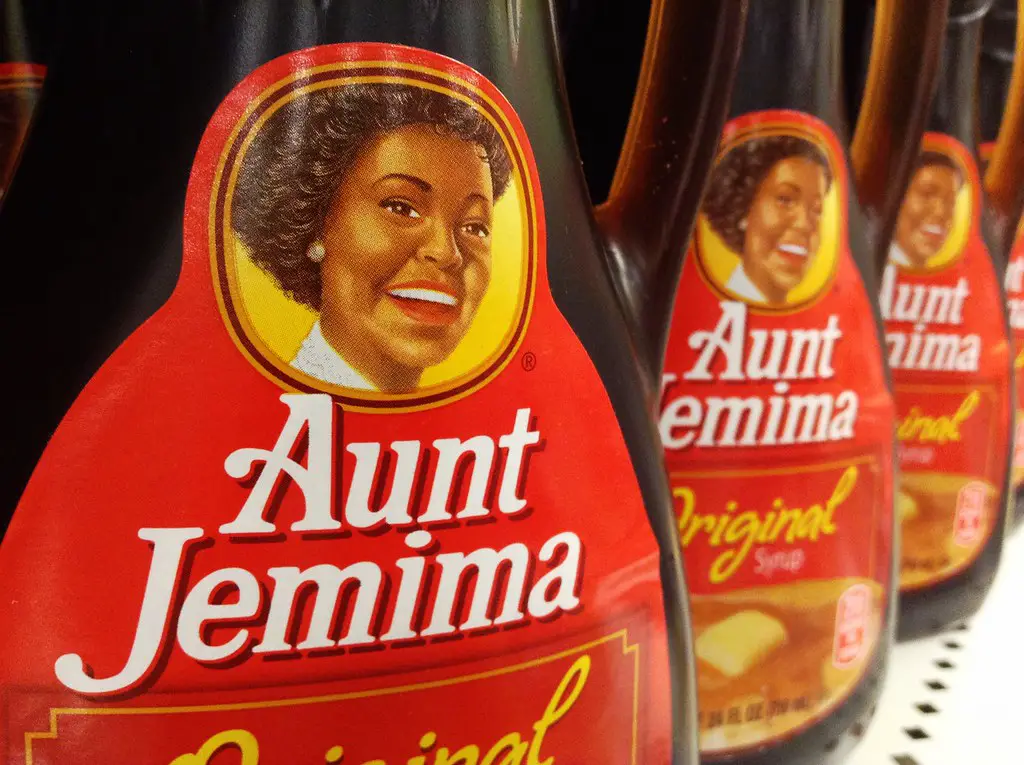
One of the longest-running mascots in American history, Aunt Jemima became a flashpoint for cultural controversy. Rooted in minstrel-era stereotypes, her smiling face on pancake mix and syrup became increasingly criticized for perpetuating racist imagery. For years, the brand resisted making changes.
It wasn’t until the 2020s that PepsiCo finally retired the name and image altogether, rebranding the line as Pearl Milling Company. The move sparked debate, with some people defending the nostalgic mascot while others felt it was long overdue. The legacy of Aunt Jemima shows how complicated commercial icons can be.
7. Mr. Peanut
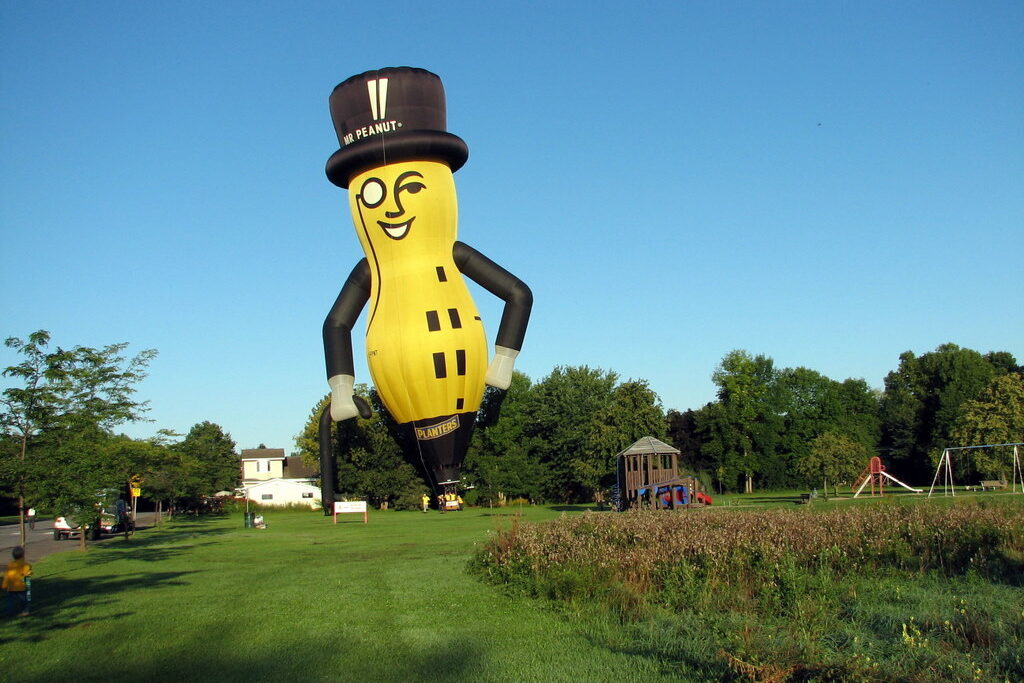
Planters’ Mr. Peanut has been around since 1916, but even a classy peanut in a top hat isn’t free of controversy. Things escalated in 2020 when the brand staged his “death” in a Super Bowl commercial. Some fans found it funny, others found it bizarre and even insensitive.
The ad campaign rolled out just as the world was facing serious news, and people felt the tone was off. Planters later introduced “Baby Nut,” which drew accusations of being a cheap Baby Yoda imitation. The whole saga left a strange mark on the once-unshakable mascot.
8. The Noid
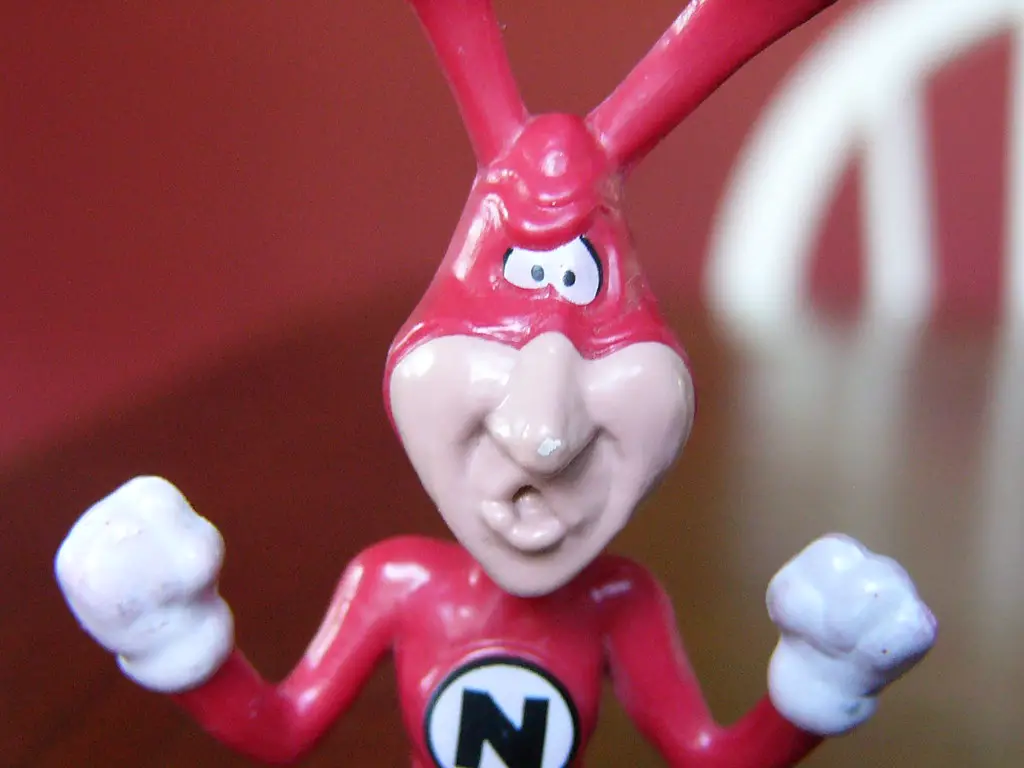
Domino’s Pizza launched the Noid in the 1980s, a bizarre character meant to represent everything that could go wrong with your pizza delivery. He was silly, but the campaign took a dark turn in 1989. A man named Kenneth Lamar Noid, believing the ads were mocking him, took Domino’s employees hostage at gunpoint.
Though no one was harmed, the incident was tied so closely to the mascot that Domino’s retired him soon after. Years later, the Noid made a cautious return in marketing. The strange episode remains one of the most infamous cases of a mascot causing unintended real-world consequences.
9. Tony the Tiger
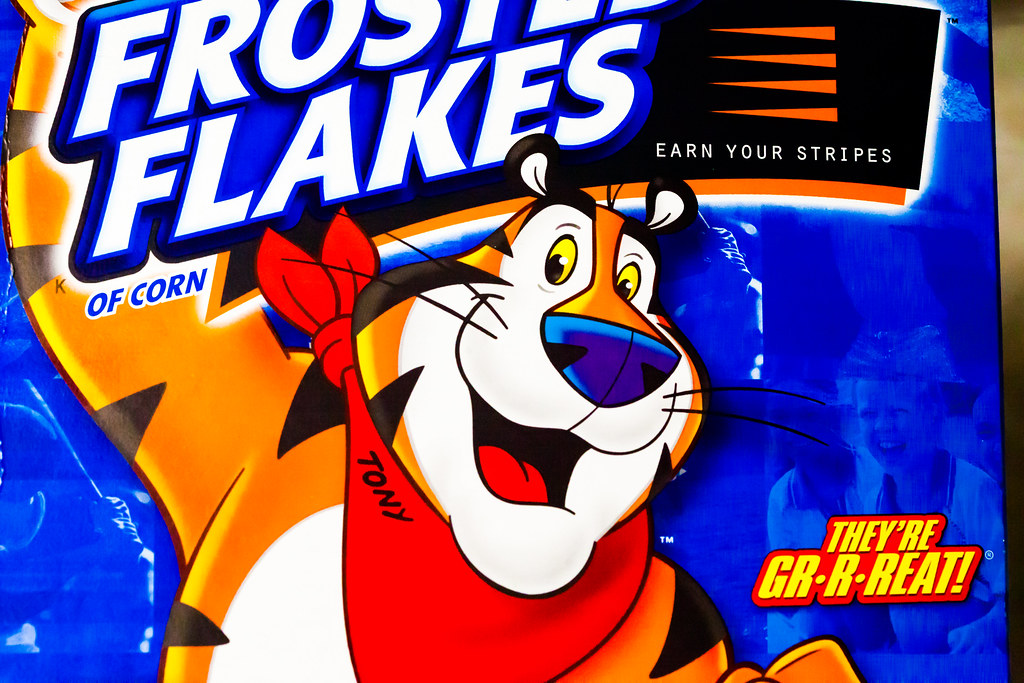
Tony the Tiger has long been the friendly face of Frosted Flakes. But health critics began to push back against him, arguing that his “They’re grrreat!” slogan was masking the reality of sugary cereal marketed heavily to kids. By the 2000s, advocacy groups were calling for stricter guidelines.
Some even claimed Tony’s ads contributed to the obesity crisis. Kellogg’s eventually made adjustments, adding more “fitness” messages to Tony’s campaigns. Still, his legacy is complicated—he’s beloved, but his stripes are tied to a larger debate about kids’ advertising.
10. Spuds MacKenzie
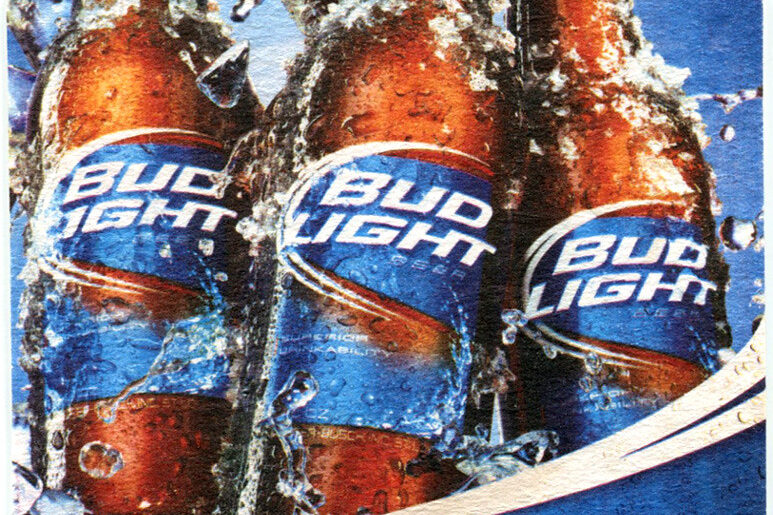
Bud Light’s Spuds MacKenzie was marketed in the late ‘80s as the ultimate “party animal.” The dog mascot became wildly popular, appearing on T-shirts and posters everywhere. But almost immediately, critics accused Anheuser-Busch of targeting underage drinkers.
Adding to the controversy, Spuds was revealed to actually be a female dog playing a male character. The mascot was pulled in the early ‘90s after facing mounting backlash. While Spuds remains an ‘80s icon, the campaign became a cautionary tale for alcohol advertising.
11. Lucky the Leprechaun
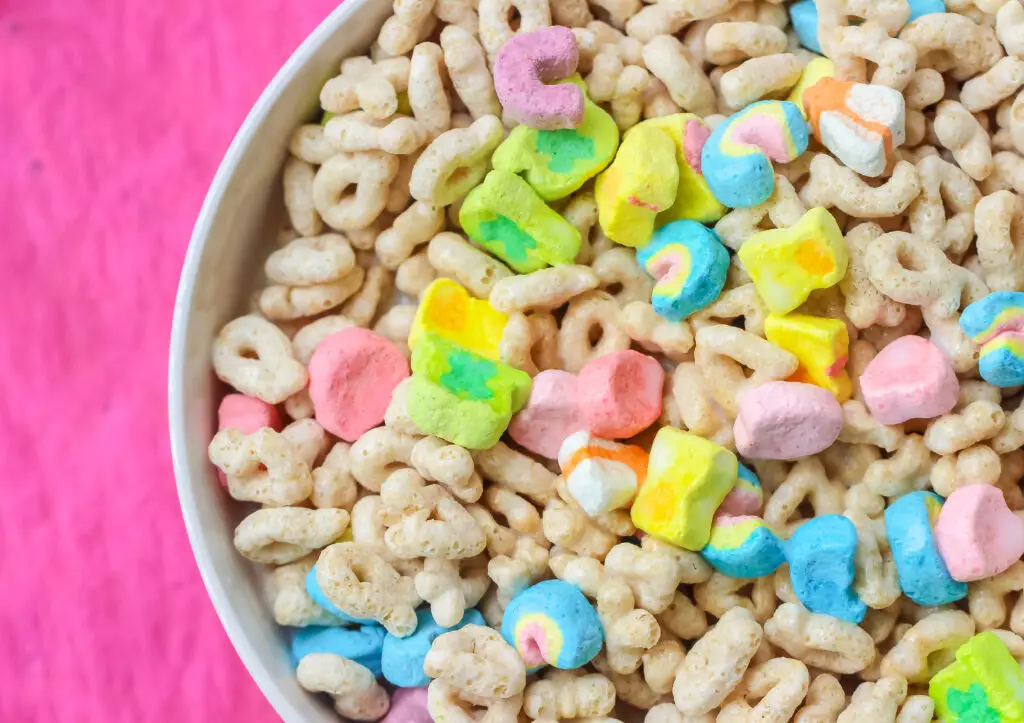
Lucky Charms’ mascot, Lucky the Leprechaun, has always been a mischievous little guy. But over time, some Irish-American groups criticized him as a stereotype. His exaggerated accent and portrayal of Irish culture rubbed certain viewers the wrong way.
On top of that, nutrition advocates targeted Lucky for being another example of sugary cereal mascots preying on kids. General Mills has kept him around, but often tweaks the campaigns to soften the complaints. Lucky may be “magically delicious,” but he hasn’t escaped controversy.
12. The Pillsbury Doughboy
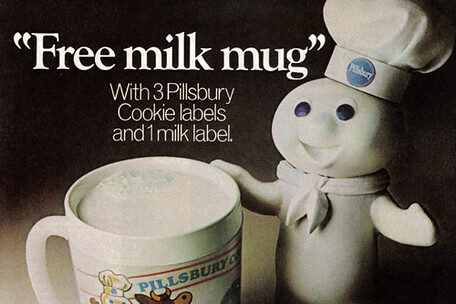
The Pillsbury Doughboy, with his giggle and pokable belly, seemed harmless at first. But even he wasn’t free from backlash. Some critics argued that his constant cheer about baked goods promoted overeating. Others took a stranger angle, accusing the ads of being weirdly suggestive because of all the belly poking.
As odd as it sounds, there were debates about whether the Doughboy was too infantilized for adults and too tempting for kids. Pillsbury has stuck with him, but with subtle changes in tone. He remains an odd mix of adorable and oddly controversial.
13. The California Raisins

In the 1980s, the claymation California Raisins burst onto the scene with their catchy Motown-inspired ads. At first, people loved them, and they even spawned albums and merchandise. But as the campaign grew, so did criticism.
Civil rights groups pointed out that the characters leaned into caricatures of African American performers. Others felt the campaign was more about selling records than raisins. By the early ‘90s, the Raisins disappeared, leaving behind both nostalgia and uncomfortable debate.
14. Cap’n Crunch
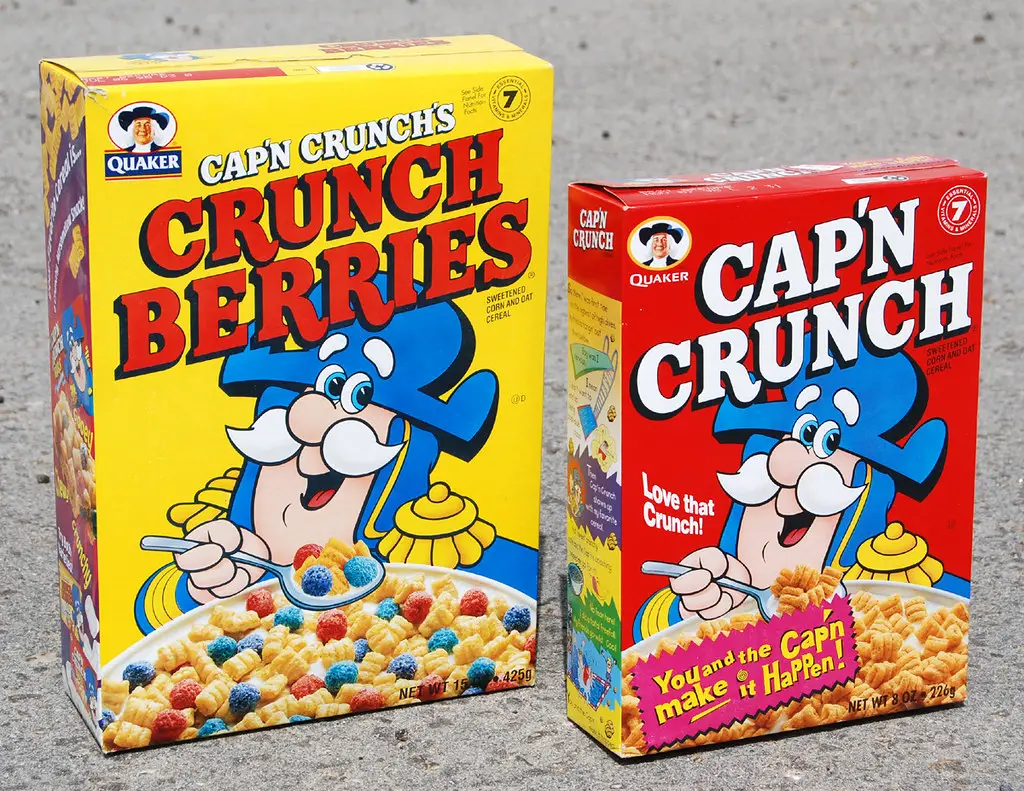
Cap’n Crunch is another cereal mascot who’s found himself in the middle of controversy. Beyond health critics taking aim at the sugar content, fans once noticed that the Cap’n didn’t actually have the right number of stripes to be a “captain.” The internet had a field day calling him out as a fraud.
The company eventually responded, joking that the Cap’n outranked everyone anyway. While the rank controversy was lighthearted, it showed how even beloved mascots can spark strange debates. Between nutrition concerns and questions about his naval authority, Cap’n Crunch has seen his share of unusual drama.
